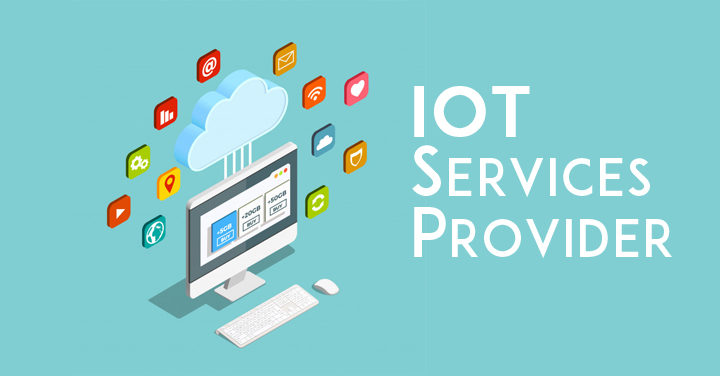Do you know the count of connected devices is going to be close to 80 billion within the next decade? Factor in the human population (which is already 7.7 billion) and the growing number of IoT services provider, and it means that there will be almost 10 CONNECTED DEVICES FOR EVERY PERSON LIVING in the world.
These interconnected devices will be smarter than modern-day units and will require access to several resources online. However, this ‘access’ does not come cheap and requires a lot of horsepower in the form of internet bandwidth.
The Challenge for IOT Services Provider
Feeding future-IoT devices with the necessary bandwidth is where the real challenge lies. Unlike IoT tech, which is growing at a rapid rate, internet connections are not following suit. At best, it is expected that the bandwidth availability will only double (in the next decade), which is nowhere close to the requirement. Hypothetically, this trend could lead to IOT solutions and services to a tipping point. So, does that mean the end of IoT? Not quite!
The Solution to the Bandwidth Bottleneck
Forbes has backed the IoT market to grow to an astounding $457 billion by the year 2020. Given the challenges posed by bandwidth, this number may appear as a figment of Forbes’ imagination, but it’s not. To understand the reason behind this forecast, one has to look past the cloud and focus on the surrounding fog and mist, literally.
Fog and Mist: Uncovering the Mystery behind IoT Success in Future
A large amount of bandwidth, which is required for the transfer of an ever-increasing amount of data to the cloud, poses a great threat to the future of IoT. However, it is possible to slash the bandwidth requirement considerably by employing fog and mist computing.
Fog Computing – Unlike, cloud computing, which provides a slightly delayed response to the sensor data, fog computing ensures almost real-time analysis. This is achieved by the integration of a gateway (with computing power for analyzing data) between the sensor and the cloud. For real-time decision making, like in the case of an autonomous vehicle that requires real-time updates of its surroundings, fog computing gets the job done. Moreover, it optimizes the data and seriously cuts down on the bandwidth requirement for sending the data to the cloud.
Mist Computing – Mist computing puts the computing power inside the sensor. This ensures the rapid processing of data and quick analysis. It further helps in optimizing the data and lowers the bandwidth requirement considerably.
Security Advantage of Mist and Fog Computing in IoT
Apart from the obvious advantage of reducing bandwidth requirements for the present and the future, mist and fog computing go a long way in bolstering the security of the internet of things network. As the major portion of computing is done in the gateway or sensor, there is a lesser chance of data getting compromised.
Why Cloud Computing Is Still Needed?
The chips built into the mist and fog computing devices have limited processing power. They can be used for immediate and less-demanding tasks, however, a processor-intensive analysis that deals with the overall performance of devices, load testing etc. are done on the cloud. It is simply not possible to put a high-powered processor within the sensor chips or gateways as they will consume a lot of battery power. Hence, cloud computing is still needed for providing the best IoT services.
Summary
IoT offers the next level of convenience to the users. Although there is a challenge posed by insufficient bandwidth in the future, it is possible to combine mist, fog and cloud computing to find the necessary solution that can help IOT services provider. Not only do these new computing platforms cut down on the bandwidth required, they also enhance IoT solutions and services by offering real-time analysis and better security.

